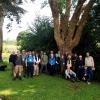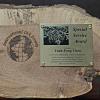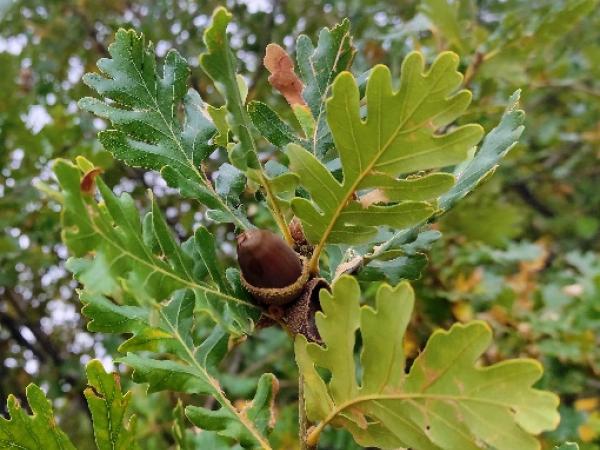Editor's Picks
Plant Focus
 |
| Quercus dolicholepis |
Last year (2015) several species that had never produced acorns did so (Quercus acutissima, Q. agrifolia, Q. faginea subsp. broteroi, Q. frutex, and Q. hirtifolia). One of the Q. hirtifolia acorns germinated where it fell.
This year a great number of species are producing acorns for the first time. Nearly every day, I am discovering new ones. This is most probably related to the age of these trees but I was wondering if there might not be some correlation between this and the weather we have had in northern Europe this year, i.e., a very mild winter and enormous amounts of rain throughout spring until the end of June? I would be interested to know if others are noticing a significant number of “first-time-fruiting” trees.
- Q. grahamii × mexicana (APO634; 12 yrs old)
- Q. brantii (APO157; grafted tree, planted 12 yrs ago)
- Q. buckleyi (APO127; estimated age: 17 yrs old)
- Q. ×capesii (APO604; grafted tree, planted 11 yrs ago)
- Q. crassipes (APO820; 10 yrs old)
- Q. dolicholepis (APO912; 11 yrs old)
- Q. eduardi (APO793; 10 yrs old)
- Q. emoryi (APO423; 14 yrs old)
- Q. ×heterophylla (APO752; estimated age: at least 12 yrs old)
- Q. hypargyrea (APO628; 11 yrs old)
- Q. hypoleucoides (APO784; 10 yrs old)
- Q. imbricaria (APO76; estimated age: at least 18 yrs old)
- Q. laeta (APO1235; 8 yrs old)
- Q. ×libanerris (APO362; estimated age: at least 14 yrs old)
- Q. myrtifolia (APO927; 9 yrs old)
- Q. palmeri (APO1245; 8 yrs old)
- Q. palustris (APO104; estimated age: at least 17 yrs old)
- Q. prinoides (APO113; estimated age: at least 17 yrs old)
- Q. shumardii (APO117; estimated age: at least 17 yrs old)
- Q. texana (APO119; estimated age: at least 17 yrs old)
The species that have been producing acorns consistently for several years now include:
- Q. acerifolia
- Q. aff. miquihuanensis
- Q. coccifera subsp. calliprinos
- Q. dentata
- Q. galeanensis
- Q. hintoniorum
- Q. ilicifolia
- Q. marilandica
- Q. miquihuanensis
- Q. monimotricha
- Q. pumila
- Q. striatula
- Q. wislizeni var. frutescens
 |
 |
| Quercus palmeri | Quercus shumardii |
 |
 |
| Quercus myrtifolia | Quercus prinoides |
 |
 |
| Quercus brantii | Quercus imbricaria |
 |
 |
| Quercus eduardi | Quercus grahamii × mexicana |
 |
 |
| Quercus crassipes | Quercus hypleucoides |
All photos © Béatrice Chassé















